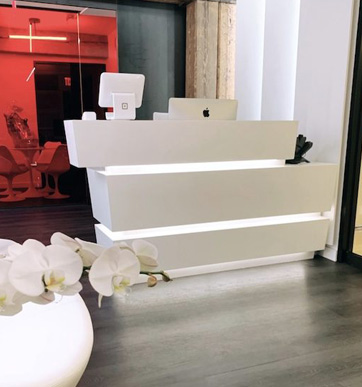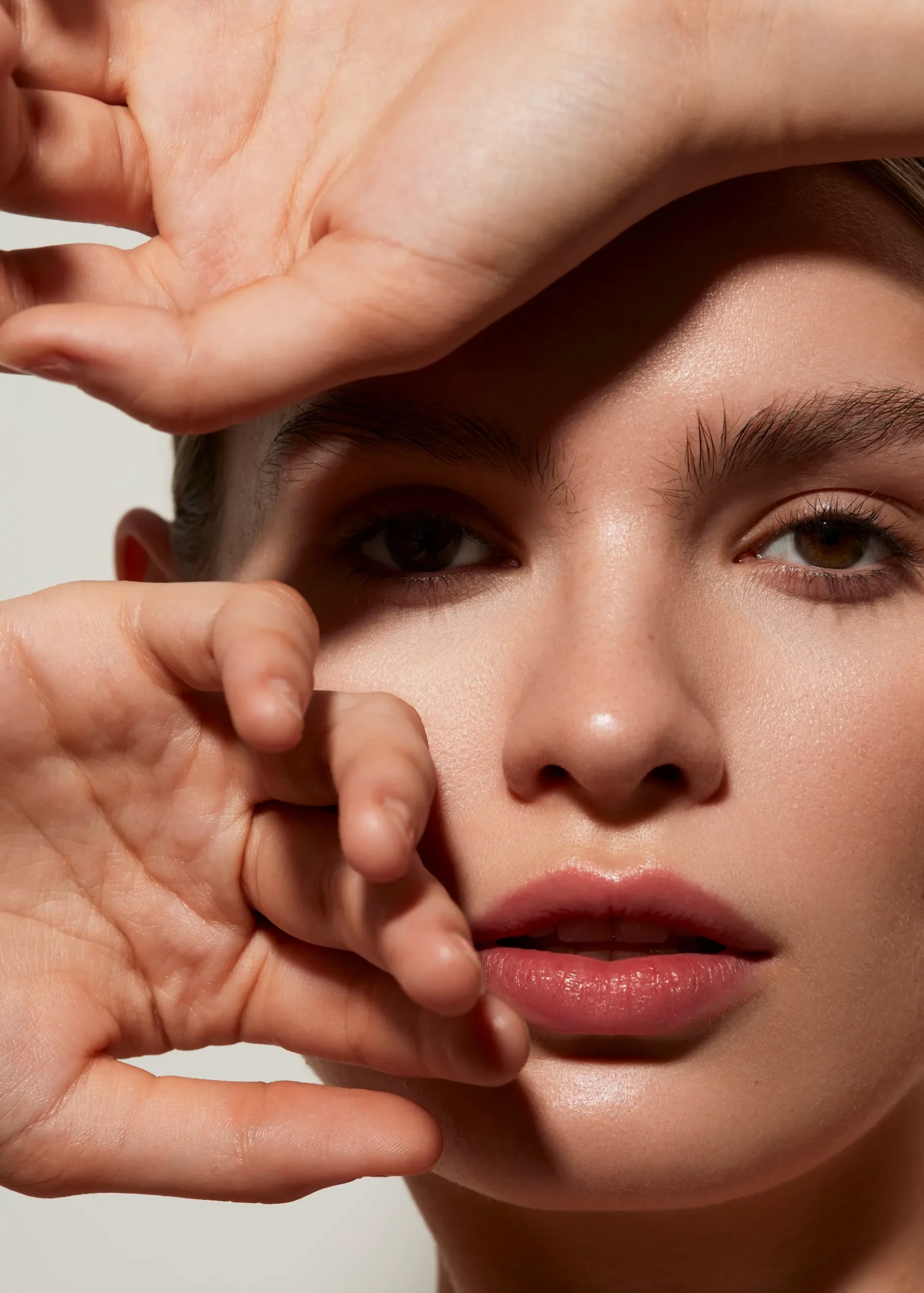Glycolic acid may be derived from sugarcane, but when it comes to skincare, it’s anything but sweetly simple. During a recent feature for Vogue, Dr. Kiran Mian, board-certified dermatologist at Hudson Dermatology & Laser Surgery, helped shed light on why this powerhouse ingredient deserves a place in your skincare routine—and how to use it correctly.
What Makes Glycolic Acid So Effective?
“Glycolic acid is one of the most widely used alpha-hydroxy acids in dermatology, well-known for its ability to exfoliate, resurface, and rejuvenate the skin,” explains Dr. Mian.
Beyond exfoliation, glycolic acid also acts as a humectant, helping the skin retain vital moisture for a plumper, more luminous appearance.
Thanks to its small molecular size, glycolic acid can penetrate deeply into the skin, promoting collagen production, fading discoloration, smoothing rough texture, and preventing clogged pores—all essential for a radiant, youthful complexion.
How Strong Should Your Glycolic Acid Be?
When it comes to choosing the right product, percentage and pH matter just as much as brand names.
4-6% Glycolic Acid: Gentle exfoliation, perfect for sensitive skin.
8-10% Glycolic Acid: Ideal for normal to combination skin looking for improved texture and glow.
15% and Above: Only recommended under professional guidance.
"Professional glycolic peels in a dermatologist’s office can go up to 70%," Dr. Mian warns. "Higher concentrations available online can be dangerous, especially for individuals with darker skin tones, leading to blistering, discoloration, and even scarring."
How to Safely Add Glycolic Acid Into Your Routine
According to Dr. Mian, glycolic acid should be introduced slowly to avoid irritation. Start with a leave-on serum or toner a few nights a week, preferably in the evening to minimize sun sensitivity. Always follow with a rich moisturizer and, most importantly, broad-spectrum SPF 30 or higher the next morning.
“Glycolic acid works to undo sun damage—skipping sunscreen would defeat the purpose,” Dr. Mian emphasizes.
For those already using potent actives like retinoids, Dr. Mian recommends a “skin cycling” approach: alternating glycolic acid nights with retinoid nights to prevent over-exfoliation and protect the skin barrier.
Choosing the Right Product for Your Skin Type
When selecting a glycolic acid product, Dr. Mian recommends formulas that combine exfoliation with hydration and soothing ingredients. Look for complementary ingredients such as:
Humectants (like hyaluronic acid, glycerin)
Barrier-repair agents (like shea butter, ceramides)
Soothers (like green tea, panthenol, niacinamide)
Sensitive skin types may benefit from glycolic cleansers, which offer exfoliation without prolonged contact. Meanwhile, those seeking faster results can opt for masks or peels, but with caution and proper patch testing.
Glycolic acid is a gold-standard ingredient when used wisely.
Dr. Mian’s advice? “Start slow, listen to your skin, and always prioritize hydration and sun protection.” With the right approach, a brighter, smoother, more youthful glow is within reach.

Medical & Cosmetic dermatology in Hudson Yards
From advanced medical treatments to cutting-edge cosmetic procedures, Hudson Derm offers comprehensive care tailored to your skin’s needs—all in the heart of Hudson Yards.
